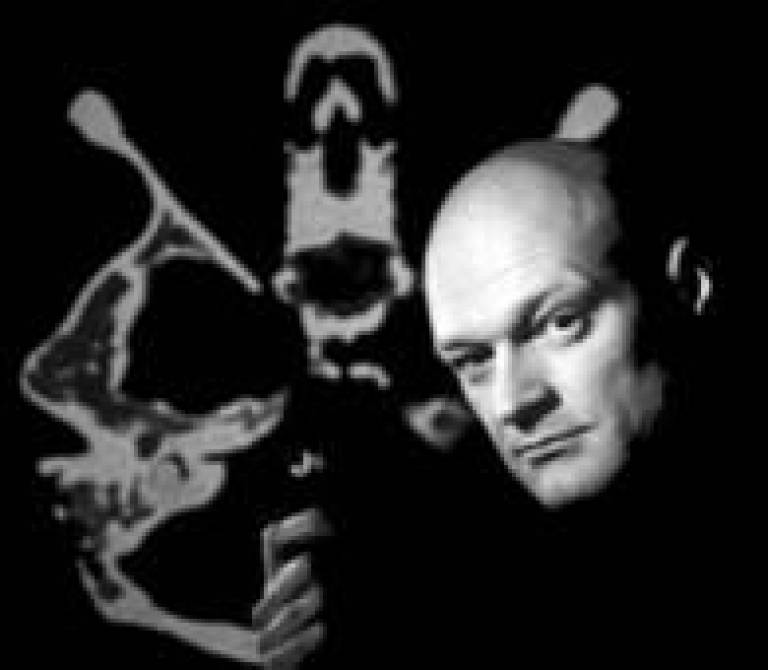UCL in the News: Fossils in Kenya Challenge Linear Evolution
9 August 2007
Two fossils found in Kenya have shaken the human family tree, possibly rearranging major branches thought to be in a straight ancestral line to Homo sapiens.

Scientists who dated and analyzed the specimens - a 1.44 million-year-old Homo habilis and a 1.55 million-year-old Homo erectus - said their findings challenged the conventional view that these species evolved one after the other. Instead, they apparently lived side by side in eastern Africa for almost half a million years. …
The challenge to the idea of a more linear succession of the three Homo species is being reported today in the journal Nature. The lead author is Professor Fred Spoor [UCL Anatomy & Developmental Biology]. …
The fossils were found east of Lake Turkana in Kenya in 2000. It took years to prepare the specimens, encased in hardened sediment, for study and to be sure of the identification of the species, the scientists said. …
In their report, Professor Spoor and his colleagues wrote, "With the discovery of the new, well dated specimens, H. habilis and H. erectus can now be shown to have co-occurred in eastern Africa for nearly half a million years." …
Professor Spoor, speaking by satellite phone from a field site near Lake Turkana, said the evidence clearly contradicted previous ideas of human evolution "as one strong, single line from early to us." The new findings, he added, support the revised interpretations of "a lot of bushiness and experimentation in the fossil record," rather than a more linear succession of species.
But Professor Spoor said the second fossil, the 1.55 million-year-old erectus skull, was probably the more surprising discovery. The bones are unusually well preserved.
"What is truly striking about this fossil is its size," he said. "It is the smallest Homo erectus found thus far anywhere in the world."
The scientists reported that the individual was a young adult or "a late subadult." Its size was closer to that of a habilis than previously known erectus fossils. But the distinctive ridge on the cranium, the jaw and teeth and the shape of the neck are all characteristic of erectus rather than habilis or other human ancestors.
From the skull's small size, the scientists concluded that Homo erectus was, in one important respect, less humanlike than had been previously assumed. Other erectus skull and skeletal fossils had seemed to show erectus to be the first human ancestor that was like us in so many ways, except for a smaller brain. …
John Noble Wilford, 'New York Times'
 Close
Close

